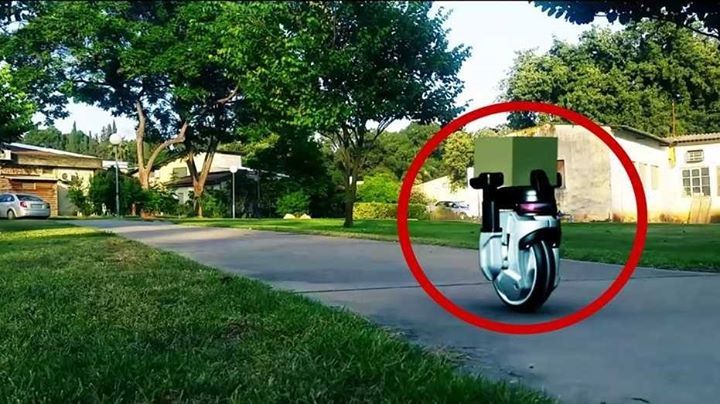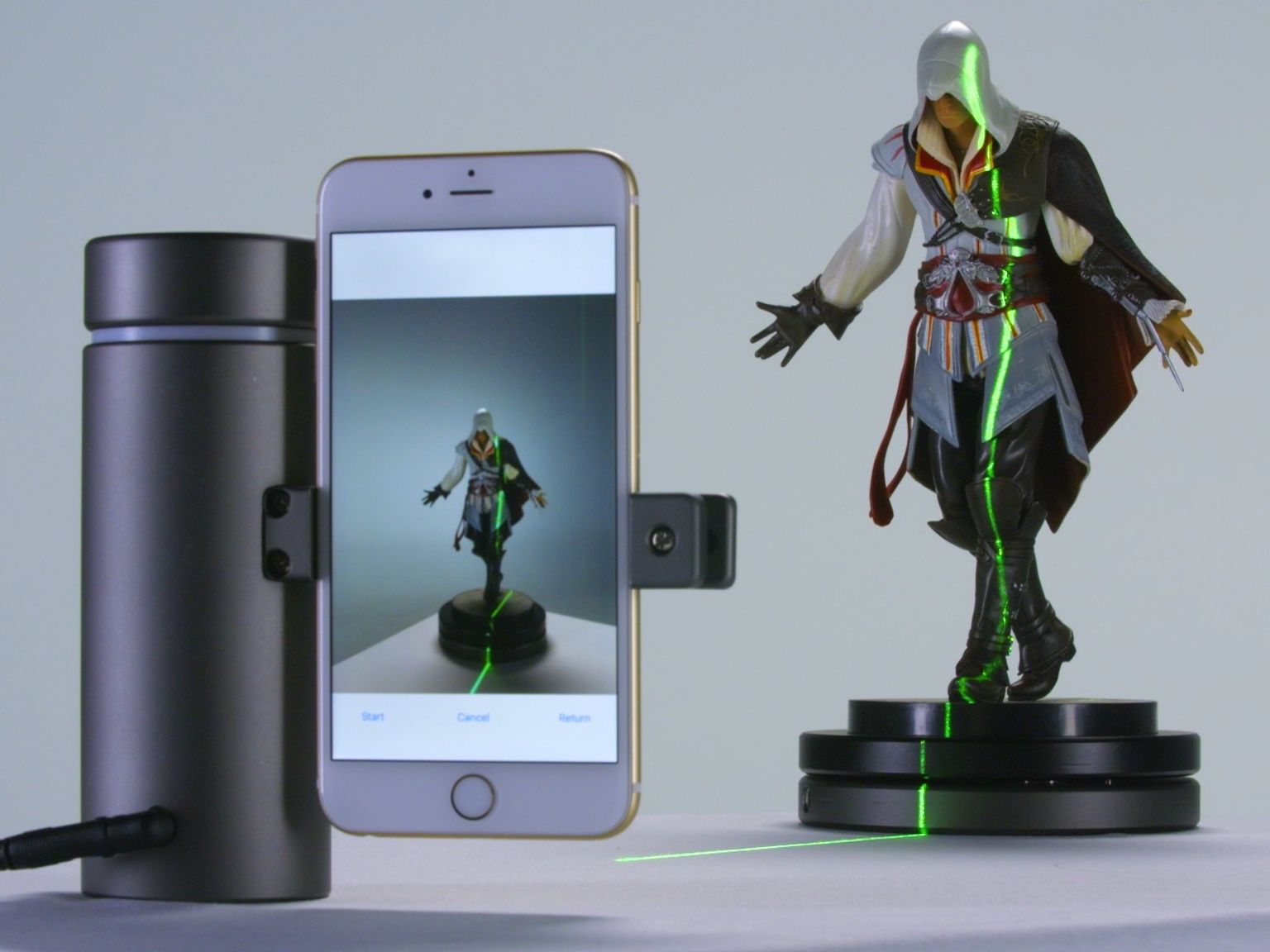Click on photo to start video.
This ingenious unicycle robot could reinvent the way we get mail.

Click on photo to start video.
This ingenious unicycle robot could reinvent the way we get mail.
One robot has been given a simulated version of the brain cells that let animals build a mental map of their surroundings.
To whom it may concern,
Cryonics is a legitimate science-based endeavor that seeks to preserve human beings, especially the human brain, by the best technology available. Future technologies for resuscitation can be envisioned that involve molecular repair by nanomedicine, highly advanced computation, detailed control of cell growth, and tissue regeneration.
With a view toward these developments, there is a credible possibility that cryonics performed under the best conditions achievable today can preserve sufficient neurological information to permit eventual restoration of a person to full health.
SCIENTISTS conducting a mindbending experiment at the Large Hadron Collider next week hope to connect with a PARALLEL UNIVERSE outside of our own.
1980s hero Marty McFly travels to Oct. 21, 2015, in Back to the Future II, otherwise known as this Wednesday — and nobody is more excited than the brands.
In a partnership with Verizon, ride-sharing service Lyft will be bringing a fleet of DeLorean DMC-12s to New York City to offer users free rides on Back to the Future day, Oct. 21, 2015.
See also: Live your ‘Back to the Future’ dreams with Ford’s $1.21M flux capacitor.

eora 3D is raising funds for eora 3D | High-Precision 3D Scanning on Your Smartphone on Kickstarter!
Green lasers are cool, especially when they turn your smartphone into a highly accurate and affordable 3D scanner.
Nature invented software billions of years before we did. “The origin of life is really the origin of software,” says Gregory Chaitin. Life requires what software does (it’s foundationally algorithmic).
1. “DNA is multibillion-year-old software,” says Chaitin (inventor of mathematical metabiology). We’re surrounded by software, but couldn’t see it until we had suitable thinking tools.
2. Alan Turing described modern software in 1936, inspiring John Von Neumann to connect software to biology. Before DNA was understood, Von Neumann saw that self-reproducing automata needed software. We now know DNA stores information; it’s a biochemical version of Turning’s software tape, but more generally: All that lives must process information. Biology’s basic building blocks are processes that make decisions.
Graphene antennas have promised big improvements for tiny wireless technologies. A new study prepares “graphennas” for actual testing and development.

Serial amphibian creator Alan Gibbs has used the American International Motorcycle expo in Florida to launch three new outrageous recreational vehicles. Not satisfied making ridiculously fun-looking amphibious quadbikes, cars and trucks, Gibbs has now built two-and three-wheeled motorcycles that you can ride straight down a boat ramp into the water. At the touch of a button they convert to jet skis, retracting wheels out of the way and switching to jet propulsion. There’s almost no delay – the switch from road mode to water mode is done in less than 5 seconds, so you barely even lose momentum as you ride in or out of the water.
